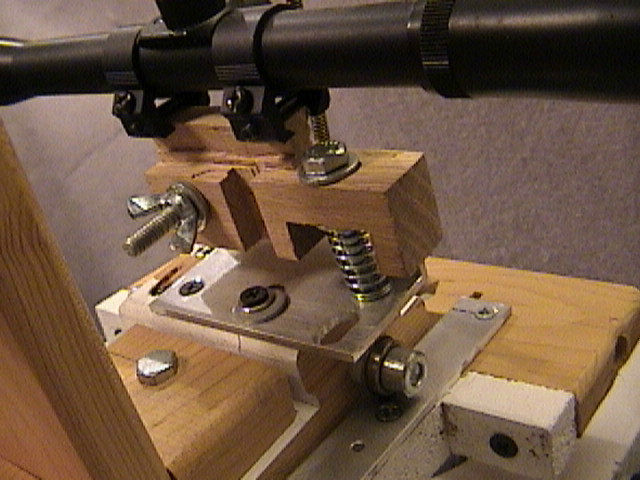How to Remove Rust from Woodworking Machinery

A common problem found in heavy machinery and their accessories is that they often get rusted. Since most parts of such equipment are made of metal so it is hard to prevent them from rusting. If we talk about woodworking machinery, they include log splitters, table saws and compressors that often get rusted when they come in contact with moisture. For the equipment to work smoothly, it is important that the rust is removed quickly. It is worth mentioning here that this maintenance is easy to do.
Things Required:
– Sandpaper
– Steel wool
– Naval Jelly
– Rags
Instructions
-
1
Using sandpaper or steel wool pads, remove the rust from the surface of the blades and other metallic parts by thoroughly rubbing them. Depending on the part of the machinery it might be a good idea to start off with a fine grade of sandpaper to avoid any damage. However, if you feel that the rust is really bad then use a lower grade of sandpaper that is extremely course or rough. You might want to wear some gloves to avoid injuring your hands as you use the steel wool or sandpaper to remove the rust from the machinery.
-
2
Allow cross ventilation of the air by opening the windows and it is advised to put on the proper clothing for protection. You can also wear some goggles and a mask to prevent dust particles from entering your eyes or nose.
-
3
In order to make sure that the rust is removed properly, put a substantial amount of naval jelly onto a steel wool pad and apply it on the corroded parts of the equipment. Take your time to ensure all the areas are properly covered with the naval jelly. Use the steel wool to rub the naval jelly in to the areas that have a lot of rust or are showing significant signs of rust.
-
4
Allow the naval jelly to react with the rust by leaving it for at least 15 to 30 minutes so that the acid in the jelly completely dissolves the rust expansion. Make sure that you leave the naval jelly on long enough for it to actually do its job and take care of the rust.
-
5
With the help of rags and cloths, wipe the equipment to clean it and apply some lubricant so as to protect it from getting rusted again. Remember to make sure that you remove all of the naval jelly thoroughly. When applying lubricants be sure to not over do it as you do not want too much but just enough for it to do its job.







